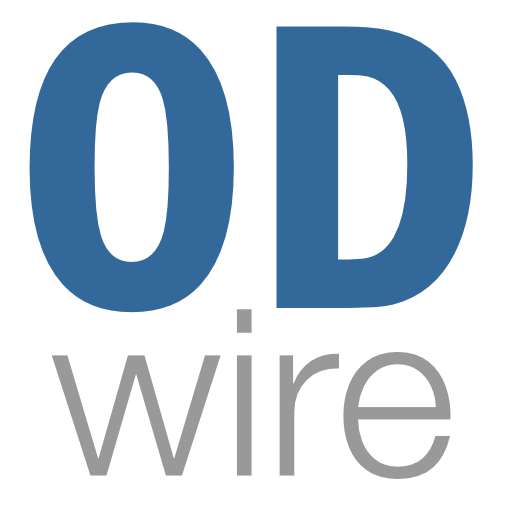I treated a LASIK surgeon's children for the past 7 years. The son was 13 and already a -9.00-3.00 She had atropined them, made them play outside, restricted all electronics, reduced their contacts to -7.00 without cyl and still...
So, she wanted Ortho K.
I got the son to pl-3.00 but as usual, it wasn't good enough. Even though she said..just get him to a -5.00...
The daughter on the other hand at 9 was a -3.00 or so..she is now 16 and mom of course measures axial length regularly...can you even imagine.
She called me and said..well, it increased .2mm..sure enough I had to increase the power in the ortho k lens.
Nothing works 100%. But my experience is that Ortho K works the best of all so far.
If either of my kids were myopic, I would put them in Ortho K. Fortunately for them, both are emmetropes..
Mom is an emmetrope. Dad is a high myope...so you can easily see it has nothing to do with IQ since my myopia obviously did not go along with my IQ..glad the rest of you got brains to go with your myopia..



